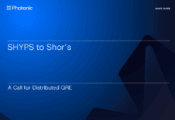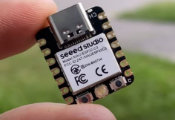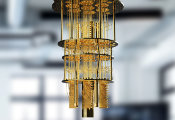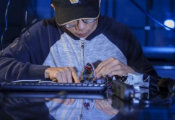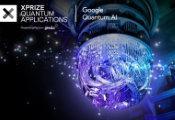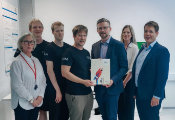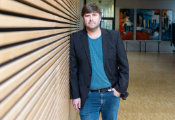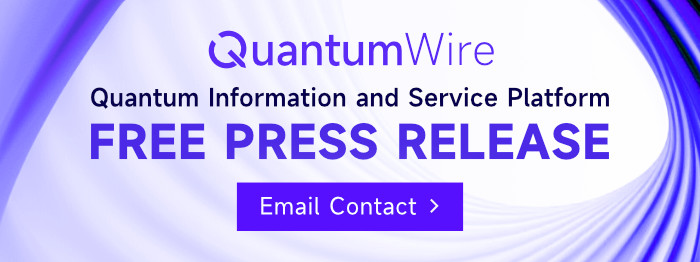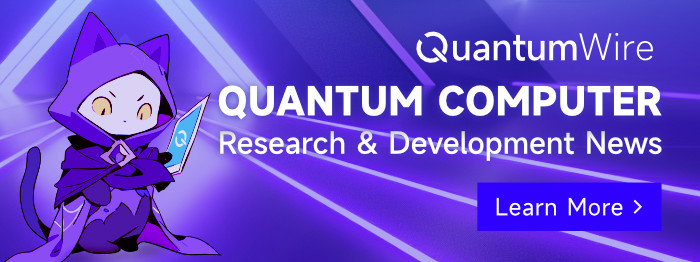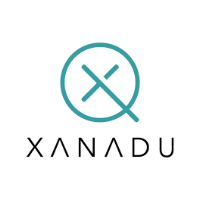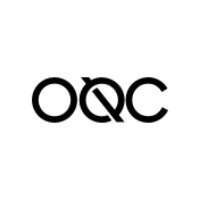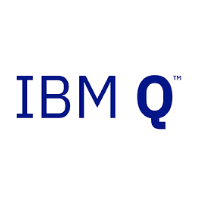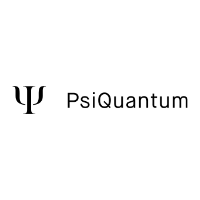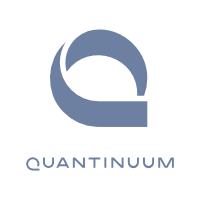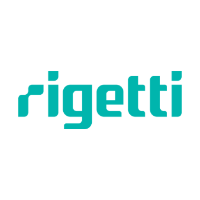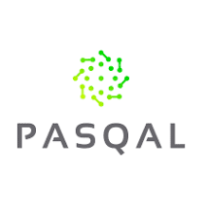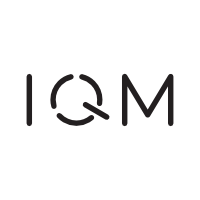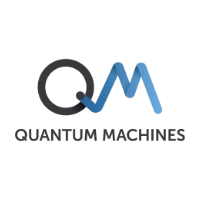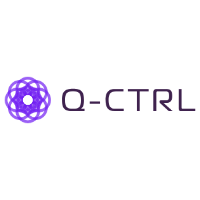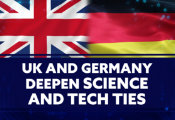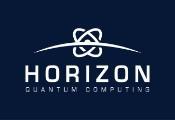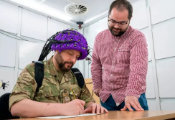New Quantum Key Protocol Brings Ultra-Secure Quantum Communications One Step Closer
Ottawa, Ontario, May 14, 2025 -- In today's digital age, we can send information around the world in an instant. However, this convenience comes with increasing concerns about information security. Data encryption typically involves encrypting messages so that they can only be decrypted with a specific key. But this poses another challenge: how do you send the key to the right person without it being intercepted?
Quantum communications: A new horizon in information security
What if you could send encryption keys in such a way that any unauthorized interception would instantly cause the message to be destroyed? Not only that, imagine if any attempt to eavesdrop on the secure channel would leave traces, immediately exposing the eavesdropper.
Quantum encryption promises to deliver just this kind of ultra-secure communication. It uses quantum mechanics, a branch of physics that seeks to understand interactions between energy and matter at the atomic and subatomic level. At these extremely small scales, surprising and often counterintuitive behaviours occur, such as superposition, where a system can exist in multiple states at once.
As mind-bending as the idea may be that anything could be in more than one state at once, quantum mechanics shows us that the theory holds up mathematically. Quantum physicists describe properties in terms of probabilities. The idea is that once you try to pin down a property, such as position or speed, by taking a measurement, the quantum state of superposition collapses. Scientists are finding ways to apply this measure-it-and-it-falls-apart characteristic to transmit encryption keys securely.
"Classical communications systems are vulnerable because information can be copied," explains Fred Bouchard, a research officer at the NRC. "But in a quantum system, information is encoded in a quantum state, such as superposition. If you try to measure it, you'll get either one answer or the other, but never both at the same time, which is exactly where we are encoding our confidential information."
"In quantum communications, we use this concept to our advantage," he adds. "If an eavesdropper tries to copy the information, it won't work and it will result in errors that we can detect and therefore know that there's an eavesdropper."
Secure communications using light
Light travels from one place to another in tiny packets of energy called photons. Photons are an example of a physical phenomenon that can exist in a quantum state. Dr. Bouchard and his colleagues are investigating ways to use quantum photonics for practical purposes, such as for encoding and transmitting cryptographic keys.
Supported by the NRC's High-throughput and Secure Networks Challenge program, researchers from the NRC and the University of Ottawa have developed a new quantum key distribution (QKD) protocol. This method shares cryptographic keys using quantum mechanics principles, offering significant advantages over existing protocols in data transmission rates and its tolerance to atmospheric turbulence.
"If you imagine the cross-section of a beam of laser light, it has a particular shape or pattern known as its spatial mode. It's a useful property for encoding information because we're able to fit more information per photon than if we worked with other properties like polarisation," Dr. Bouchard says.
"The downside is that the spatial mode of light is very susceptible to interference from atmospheric turbulence. What we've achieved with this protocol is a new way to encode information that takes advantage of the higher bit rates possible with spatial mode encoding but is still robust against the effects of turbulence."
Partnerships, expertise and infrastructure drive research forward
The innovative QKD protocol is part of collaborative research and development efforts between the NRC, the University of Ottawa and other partners in the field of optical communications. This field uses light to transmit information through fibre optic cables or free space. Free-space transmission is particularly relevant for satellite communications, which provide crucial long-distance links, including to rural and remote areas. However, free-space optical systems face significant challenges due to interference from atmospheric turbulence.
In the context of quantum key distribution, maintaining a clear signal is particularly challenging, as vital information is encoded in the highly ephemeral characteristics of single photons. These photons travel through the Earth's atmosphere, which constantly fluctuates in temperature and pressure, making it difficult to maintain signal clarity.
To address these challenges, the NRC and the University of Ottawa established a free-space quantum optical link across Ottawa to mirror the amount of atmospheric turbulence an optical signal would face when travelling from a ground station to a satellite. The facility has been instrumental in developing the QKD protocol and other complementary breakthroughs, including a high-speed adaptive optics system and an AI-powered turbulence forecasting tool.
"Over several years now, the free-space link has allowed us to study the effects of turbulence and develop strategies to mitigate it," Dr. Bouchard says. "The advances we have made all work together to improve the performance of the link and, ultimately, move us closer to the goal of ultra-secure communication networks that can protect sensitive information from even the most sophisticated threats."
This research was supported by grants and contributions awarded through the Collaborative Science, Technology and Innovation Program administered by the NRC's National Program Office.

